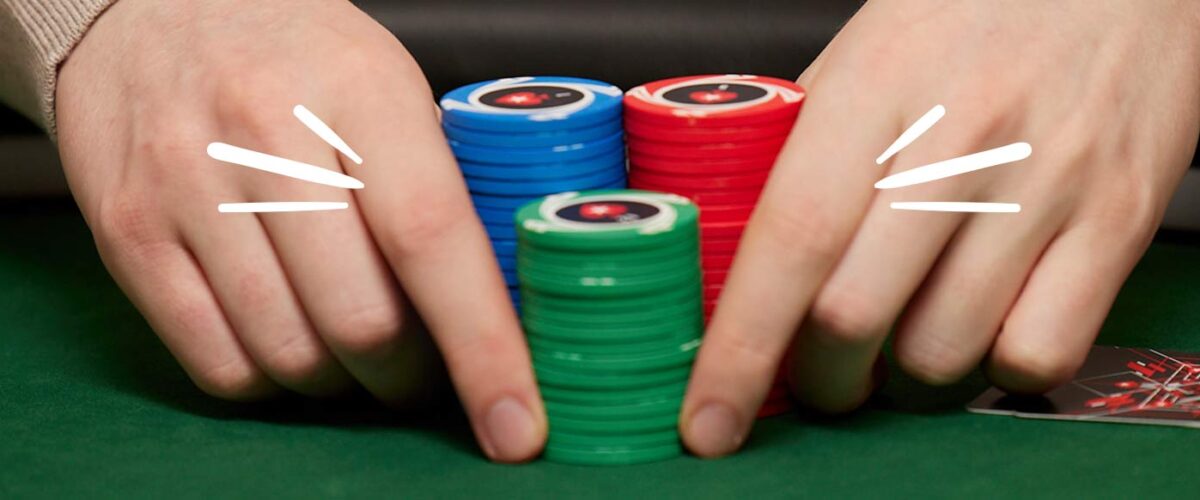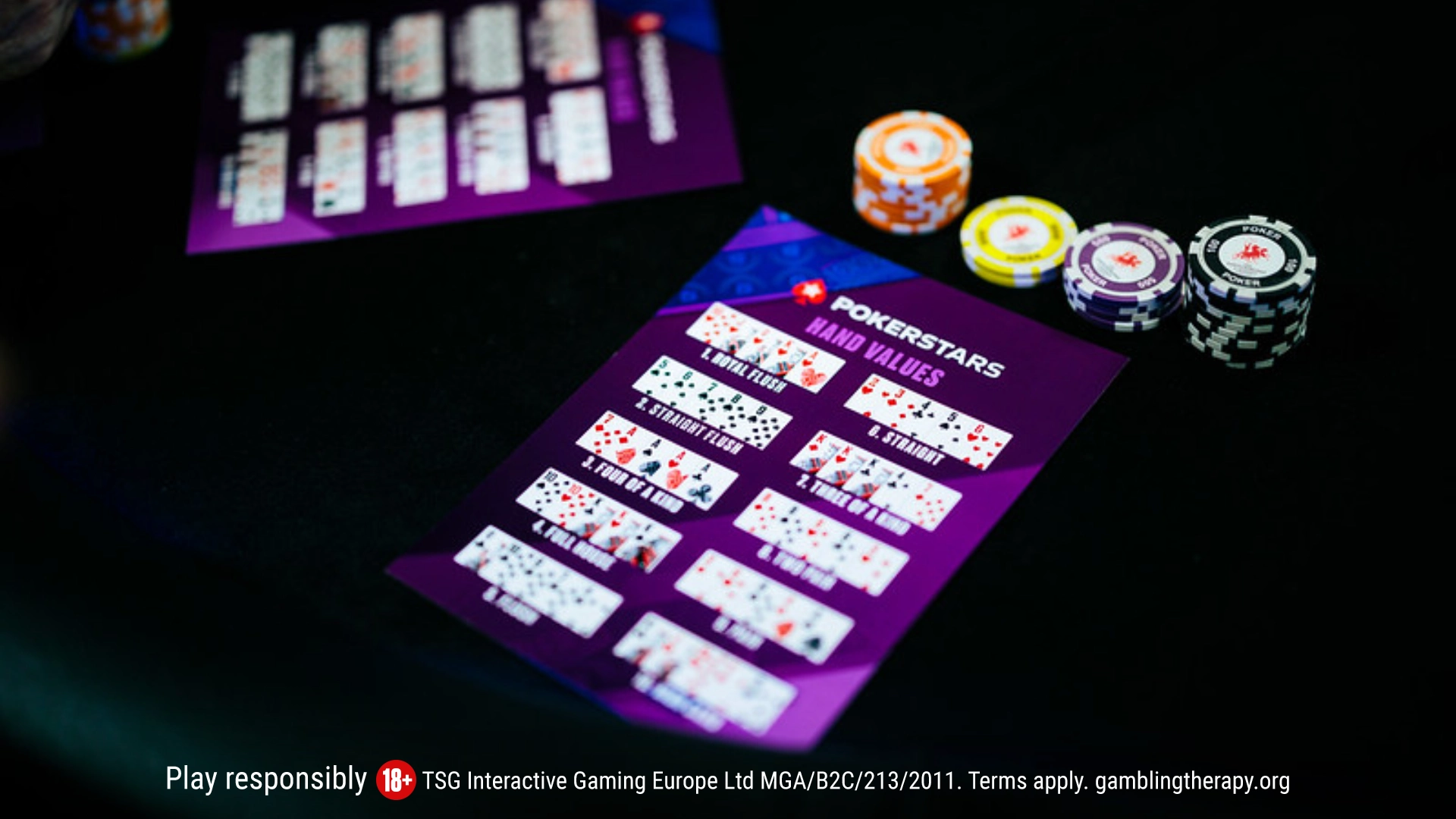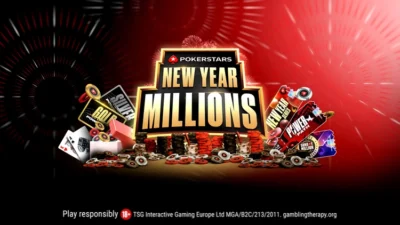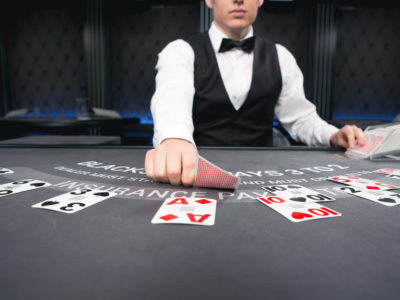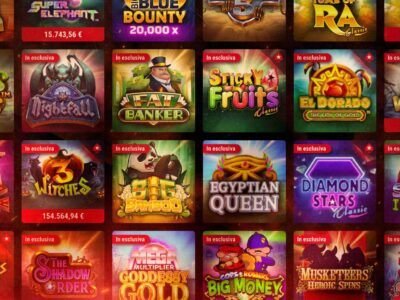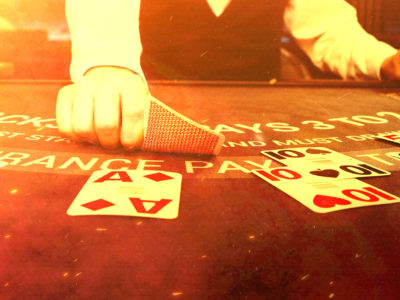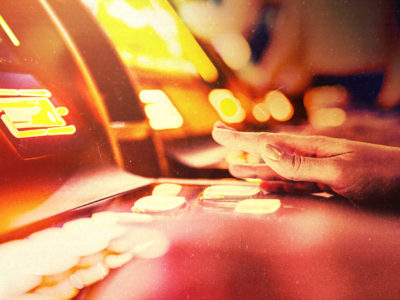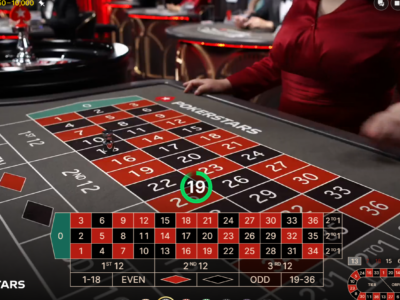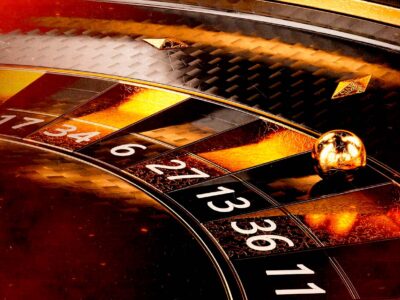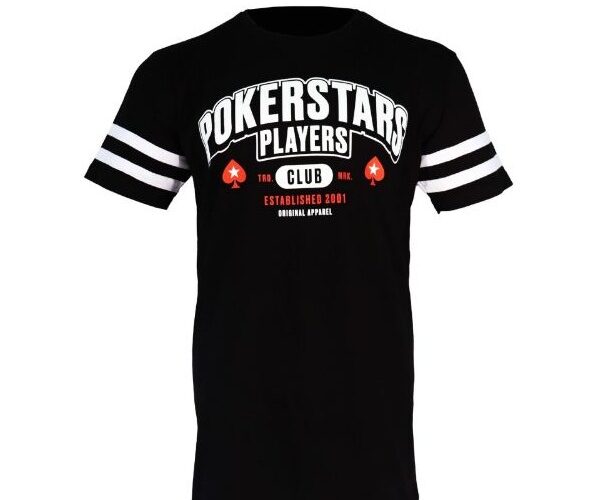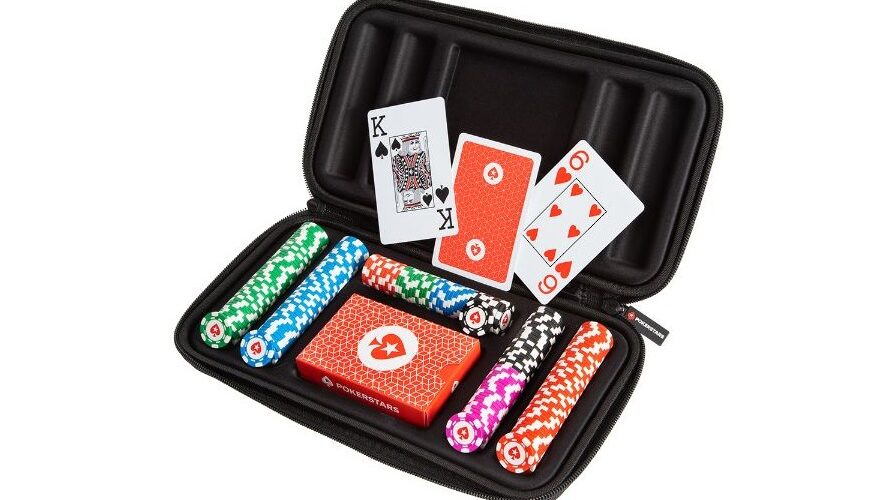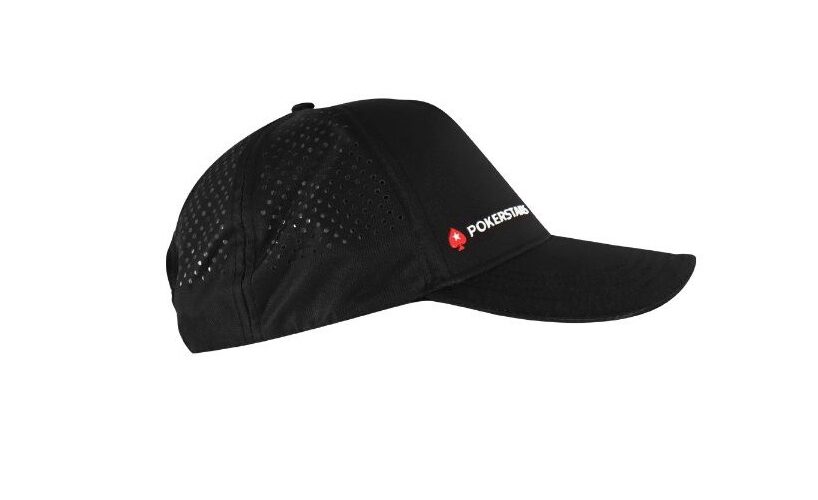Table of Contents
Hosting a poker game is a lot of fun and a great way to bond with friends old and new. As the host, you’ll be responsible for setting up the equipment, running the game, and creating an enjoyable atmosphere for your guests.
Sounds like a lot of work.
But none of this needs to be a hassle. With a little planning, you can relax and enjoy yourself just as much as the other players.
Make sure you have everything you need with this simple home game checklist.
1. Source the equipment
Thankfully, you won’t need a lot of equipment to start a home game and you won’t need to spend a fortune. Here’s what you need:
- Table – This can be any suitable surface. A dining table works fine. Cover it with green felt if you have one to improve how the cards are dealt. If you want to impress your guests even more, you can poker tables online that range in price and quality.
- Chairs – You’ll nice chairs for each guest. You could have six or eight players and this might involve finding extra chairs. Ask friends to bring some along.
- Chips and dealer button – Next up, a decent chip set. This is the only crucial purchase. You can play without chips, but nobody wants to. Again, chip sets vary in price and quality. Just make sure you have enough to go round.
- Timer or app – If you’re playing a tournament format, you’ll need a timer so you know when to put the blinds up. A good substitute for this is a tournament app for smartphone. You can use this to set all aspects of the game’s structure.
2. Set up the space
Next up, you’ll need to decide where to host your poker home game. Wherever you choose, you’ll need enough space for the poker table, chairs and players.
Ideally, the space should be quiet and out of the way of other activities in the house. Home games are fun, but you still want the evening to be atmospheric and centred around the game.
Aside from space, consider lighting. You need it to be bright enough that players can read their cards and see the flop, but not too bright. Keep the temperature warm but mild so that guests are comfortable.
3. Cash game or tournament?
The first question to ask is, will your home game will be a cash game or tournament format?
Cash games allow players to buy in whenever they want. So you’ll have to be more active with the chips, as well as defining the end point by setting a time to finish. They are better suited to experienced players who like playing serious pots.
If you’re playing with a mixed group, tournaments make an enjoyable and accessible home game. You can keep buy-ins low and encourage newer players to get involved.
You’ll also have to decide on the type of poker you’ll play. Unless your friends are experienced players, you’ll usually opt for Texas Hold’em. This is the variation that people are most likely to know how to play.
4. Setting the structure
Even in a friendly home game, it’s still crucial to set the structure before you start playing. This ensures the game is fair and runs smoothly. It also minimizes the chance of misunderstandings that could ruin the evening.
First, set the buy-in levels. It’s a fine balance, as you’ll want to make the pot exciting yet keep the game open to those who are playing just for fun. Decide whether you’re allowing rebuys and if so, how long the rebuy period will last.
Next decide on your starting stacks, starting blind levels, and how fast blinds will increase. The aim is to structure the game so that it lasts long enough, without going on all night.
Try to tailor the tournament to your group as much as possible. For example, if it’s the weekend and players have more time, offer a more generous structure to maximize play.
5. Snacks, drinks and music
It’s up to you to make sure your home game runs smoothly. The checklist so far has focused on the tournament itself, setting up the game and ensuring it runs without a hiccup. This tip is more about adding that little bit of hospitality that goes a long way to making people feel at home.
Provide a few snacks and drinks that will keep hungry players going as the game goes on. Finger food is the best as it can be eaten at the table. Or if you want to go the distance you could cook a one-pot meal to serve on the break.
Setup a playlist of music, again paying attention to your guests’ tastes. If it’s a regular home game you can learn and improve the experience – all part of being a great host.
Remember though, you should be having fun too. If you’ve followed this checklist and everything is in place, it’s time to kick back, relax and play some poker.
Back to TopView Other Blogs




